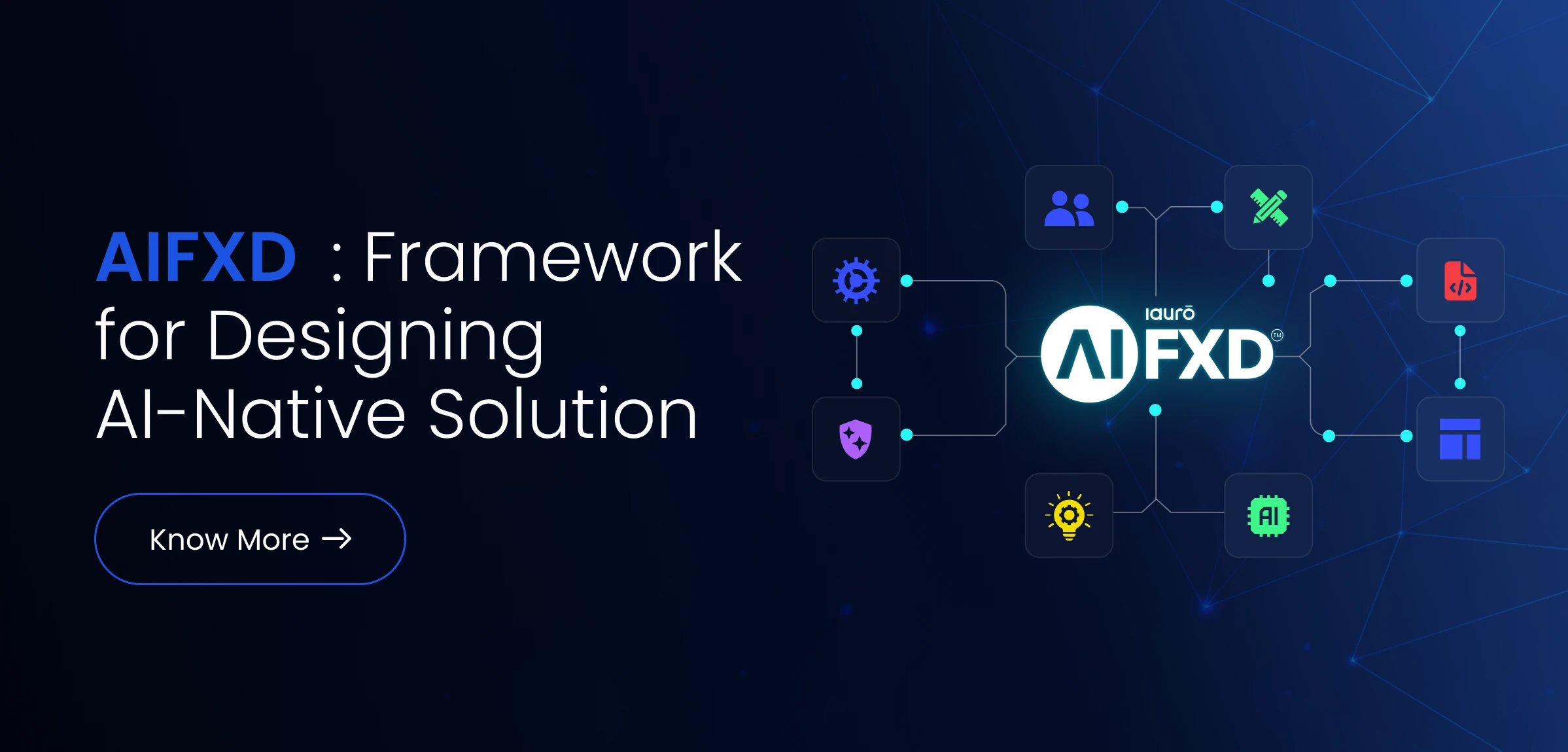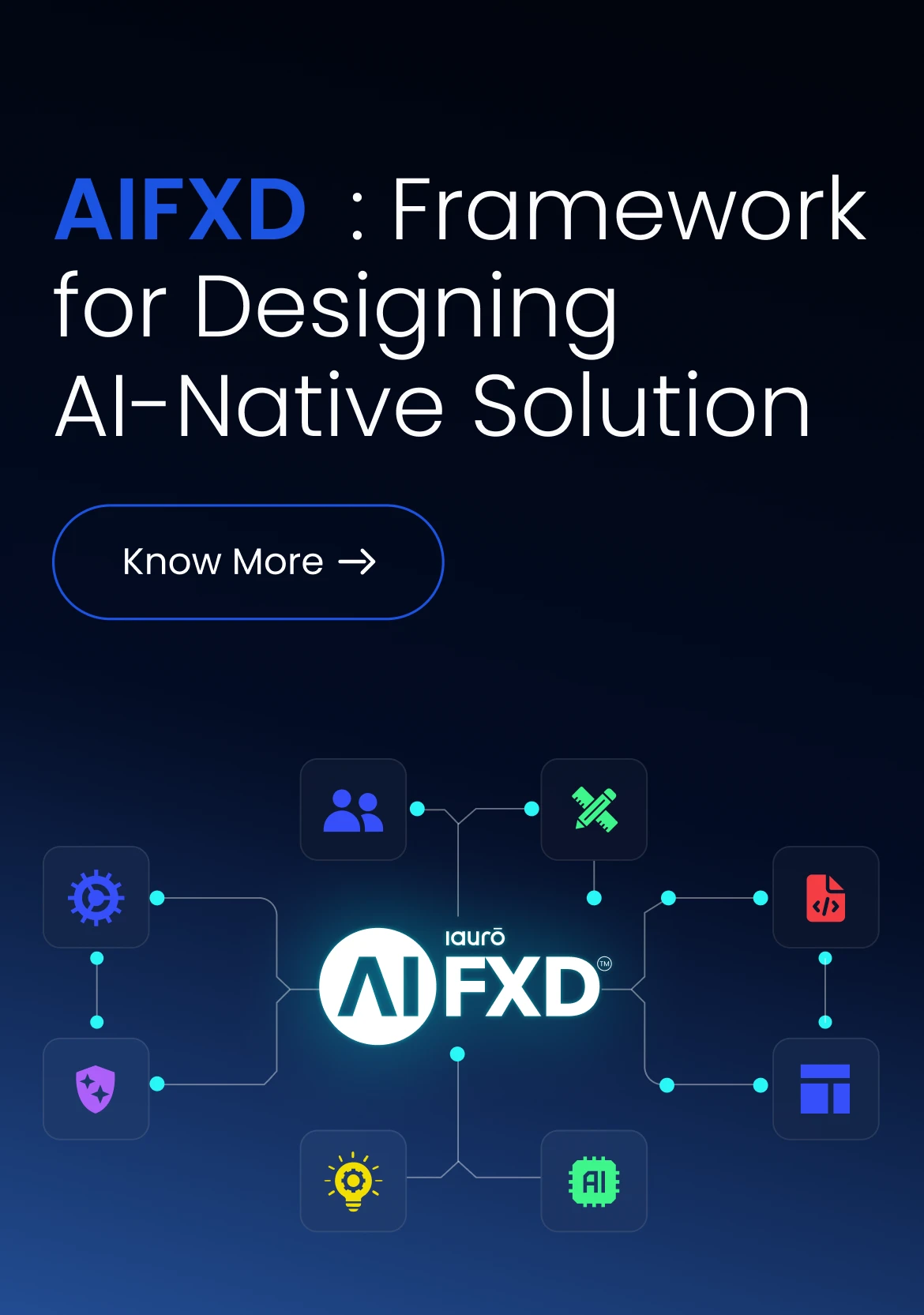From Legacy Gridlock to Modernized Takeoff: Unifying a Global Aviation Authority's Systems for Scalable Growth

Company
Leading next gen CX Company Providing Solution to World's largest aviation authority
Domain
Enterprise
Service
Architecture consultancy, Devops automation, Application Modernization
Technology
Microfrontend, Angular, Typescript, CSS3, HTML5, Storybook, Microservices, Node.js, Springboot Java, Kafka, Redis, PostgreSQL, Mongo, Spark, Airlow, Snowflake
Platform
DSL, aurOps
Problem Statement
The world’s largest aviation authority, responsible for controlling traffic, tariffs, and managing customer data for the global aviation industry, approached us with a significant challenge. Their pain point was about the legacy system which they had in place since that came with its own set of problems of scalability issues and inefficiencies. On top of that the system consists of 14 different applications which in current scheme of things were technically a misfit in today’s fast evolving technology landscape.
Due to the legacy system, the aviation authority was unable to leverage the benefits of modern technology or the cloud ecosystem. This inability to adapt to the fast-evolving technological landscape was hindering their overall functioning and operability.
In summary, the key problems faced by the aviation authority include:
Scalability issues with the existing legacy system.
14 Decade and half old applications within the system
Inability to leverage the benefits of new-age technology and the cloud ecosystem for scalability
The aviation authority was seeking a solution that will modernize their system, address scalability issues, and enable them to leverage the benefits of new technologies and cloud infrastructure effectively.
Solution
Below is a list of prerequisite components and tools
To kickstart the modernization process, we selected one application for the journey from old to new. Leveraging the standards integrated into the unified platform, we transitioned this application to the new architecture. For subsequent applications, we formed cross-functional teams involving both our experts and the customer’s team. Together, we guided them through the modernization process.
Data Lakes Components Breakdown
Angular
To build core modules and frameworks
S3
To compile and deploy frontend
D3JS
To create dashboards, charts and complex visuals
Java
Principal language for backend
Spring Boot
Create and deploy microservices
MongoDB
Manage Database schema changes
Liquibase
Backend data storage
Unified Platform Ensures Consistency and Scalability
Implementing a unified platform allowed us to adhere to uniform standards, principles, and ecosystem throughout the design, solution building, and application transformation processes. This not only provided the customer with the ability to deliver a consistent experience to their end customers but also facilitated future scalability.
Seamless Integration of New Applications
The platform's architecture enabled seamless addition of new applications without disrupting the entire system. For instance, if new business opportunities required digital applications, the customer's team could easily integrate them without any hassle.
Reduced Maintenance with Cloud Transition
By transitioning to a cloud-based solution, the need for support and maintenance drastically decreased compared to the on-premises legacy system. The customer could now benefit from near real-time product and solution updates.
Reusable Components Save 42% Costs
Furthermore, as an ecosystem platform, we identified opportunities to create reusable components, resulting in a significant cost saving of 42%.

Company
Leading next gen CX Company Providing Solution to World's largest aviation authority
Domain
Enterprise
Service
Architecture consultancy, Devops automation, Application Modernization
Technology
Microfrontend, Angular, Typescript, CSS3, HTML5, Storybook, Microservices, Node.js, Springboot Java, Kafka, Redis, PostgreSQL, Mongo, Spark, Airlow, Snowflake
Platform
DSL, aurOps
Due to the legacy system, the aviation authority was unable to leverage the benefits of modern technology or the cloud ecosystem. This inability to adapt to the fast-evolving technological landscape was hindering their overall functioning and operability.
In summary, the key problems faced by the aviation authority include:
Scalability issues with the existing legacy system.
14 Decade and half old applications within the system
Inability to leverage the benefits of new-age technology and the cloud ecosystem for scalability
The aviation authority was seeking a solution that will modernize their system, address scalability issues, and enable them to leverage the benefits of new technologies and cloud infrastructure effectively.
Given that our solution would serve as the foundation for the entire aviation industry, we proposed building a unified architecture as the platform’s base. Since the customer held critical data on aviation industry traffic and tariffs, we recommended implementing a zero-trust security approach to ensure the highest level of data security. Utilizing AWS systems, which aligned with the customer’s preferences, we began building the solution from scratch. AWS provided us with the flexibility to utilize its every component needed for the project. By adopting a unified architecture as our foundation, we were able to create a streamlined roadmap for the transformation of all 14 legacy applications which were more than a decade and a half old.

Below is a list of prerequisite components and tools
To kickstart the modernization process, we selected one application for the journey from old to new. Leveraging the standards integrated into the unified platform, we transitioned this application to the new architecture. For subsequent applications, we formed cross-functional teams involving both our experts and the customer’s team. Together, we guided them through the modernization process.
Unified Platform Ensures Consistency and Scalability
Implementing a unified platform allowed us to adhere to uniform standards, principles, and ecosystem throughout the design, solution building, and application transformation processes. This not only provided the customer with the ability to deliver a consistent experience to their end customers but also facilitated future scalability.
Seamless Integration of New Applications
The platform's architecture enabled seamless addition of new applications without disrupting the entire system. For instance, if new business opportunities required digital applications, the customer's team could easily integrate them without any hassle.
Reduced Maintenance with Cloud TransitionUnified Platform Ensures Consistenc
By transitioning to a cloud-based solution, the need for support and maintenance drastically decreased compared to the on-premises legacy system. The customer could now benefit from near real-time product and solution updates.
Reusable Components Save 42% Costs
Furthermore, as an ecosystem platform, we identified opportunities to create reusable components, resulting in a significant cost saving of 42%.

